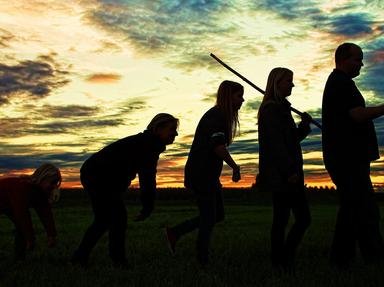Quiz Answer Key and Fun Facts
1. In population genetics, biologists study how natural selection changes the population of a species. What do they use to define evolution?
2. In the absence of evolutionary influences, the Hardy-Weinberg principle describes the allele frequency as being:
3. Small populations are more influenced by genetic drift than large populations.
4. Some events cause more genetic drift than others. Which of the following is NOT an example of a scenario causing genetic drift?
5. Why do species of warm-blooded animals tend to have larger bodies close to the Earth's poles?
6. Gene flow is the flow of alleles in and out of populations due to the migration of individuals between them. Restricting gene flow can lead to what?
7. In 19th century England, the soot from factories made previously camouflaged peppered moths appear brighter in color, making them more visible to predatory birds. This led to the adaptation of darker moths that blended in better with the sooty trees. What type of selection was this?
8. Some species appear to contradict our perceptions of gender by having females that are larger, stronger, and more ornate than the males. What is the biological mechanism behind this?
9. Natural selection doesn't always select traits that are beneficial to the individual's survival. Which of the following modes of selection can create vulnerability in a species?
10. Some believe that evolution is a process that will eventually produce the perfect organism. Can this ever happen on Earth?
Source: Author
albert11
This quiz was reviewed by FunTrivia editor
rossian before going online.
Any errors found in FunTrivia content are routinely corrected through our feedback system.
